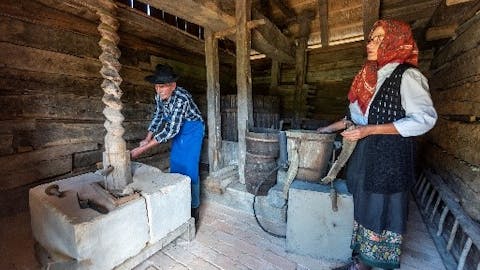
Cultural Heritage
The area of today’s Municipality of Hajdina was inhabited throughout all archaeological periods, with the earliest finds dating back to the Neolithic period, and the first settlements to the Copper Age. Along the Amber Road, the Romans built a military camp and the town of Petovio, where Illyrian customs officials operated, as well as various sanctuaries, among them mithraea dedicated to the god Mithras.
In 1898/99, the First Mithraeum was discovered in Spodnja Hajdina, a three-aisled sanctuary from the 2nd century, where statues and inscriptions dedicated to Mithras and his companions have been preserved.
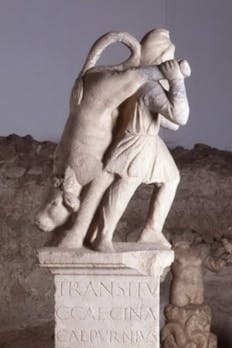

The Main Square in Maribor, the central square of the historic city core, is marked by important historical buildings, such as the 16th-century Town Hall, the 17th-century Plague Column, and the former casino, today the Salon of Applied Arts. After its renovation in 2020, the square became traffic-free and now offers cozy cafés, small shops, and a space for relaxation as well as for exploring the city’s rich history.
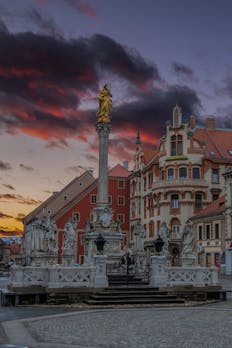

The Franciscan Monastery of the Holy Trinity in Slovenske Gorice preserves a monastic library with more than 3,000 valuable books, the oldest dating back to the 15th century. Among them is also the first printed book on physics, published in 1574. The library, enriched over the centuries, is today open to the public, with visits available by prior arrangement.
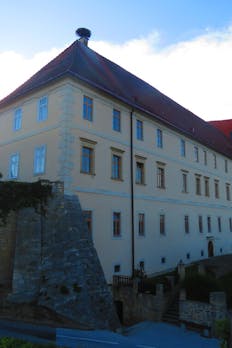

The Simonič Homestead in Trnovska Vas, more than 200 years old, is one of the few preserved Pannonian homesteads in Slovenia. With its characteristic wooden “cimprana” construction and thatched roof, it represents an important cultural monument protected by the Institute for the Protection of Natural and Cultural Heritage Maribor.
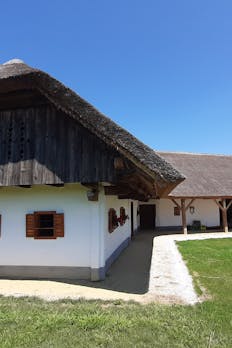

The Archaeological Park Poetovio takes you into the heart of Ptuj’s ancient past, where you can explore the rich Roman heritage through exhibitions, guided tours, and interactive experiences. Discover history at the sites of the former Roman city and uncover its invaluable legacy.



